Have you ever noticed your pet bird seemingly sulking when you give attention to another feathered friend? Or perhaps you’ve witnessed aggressive displays when a new bird enters the home? These behaviors might lead you to wonder if birds, like humans, experience jealousy. The emotional lives of our avian companions are complex and fascinating, with social dynamics that often mirror aspects of human relationships. While we must be careful not to anthropomorphize our pets completely, understanding the emotional capabilities of birds can help us create harmonious multi-bird households and deeper bonds with our feathered friends. In this article, we’ll explore the evidence for jealousy-like emotions in birds, how these manifest in different species, and practical approaches to managing multi-bird dynamics.
The Science Behind Bird Emotions

Birds possess remarkably complex brains despite their small size, with neural structures that support sophisticated cognitive and emotional processing. Research has shown that many bird species, particularly parrots and corvids (crows, ravens), have neural pathways similar to the mammalian limbic system, which processes emotions in humans. Scientists at Tufts University have documented that birds produce hormones like oxytocin analogs that are associated with bonding and emotional attachment. While birds don’t experience emotions exactly as humans do, their neurological equipment supports a range of emotional states that likely include forms of attachment, fear, pleasure, and potentially, jealousy-like responses. This neurobiological evidence suggests that birds’ emotional lives are far more sophisticated than previously thought.
Defining Jealousy in an Avian Context

When discussing jealousy in birds, we must carefully define what this means in an avian context rather than simply applying human definitions. In birds, jealousy-like behavior typically manifests as resource guarding, territorial defense, or competitive behaviors when attention or resources are directed toward another individual. Ornithologists define these behaviors not as jealousy per se, but as adaptive responses that evolved to secure resources, maintain pair bonds, and ensure reproductive success. These behaviors might include a bird becoming agitated when its human companion interacts with another bird, attempting to insert itself between the owner and the “rival,” or displaying aggressive behaviors toward the perceived competitor. While these actions resemble human jealousy in their expression, the underlying motivations and cognitive processes may differ significantly from the complex social emotion humans experience.
Species Differences in Social Behaviors

The capacity for jealousy-like emotions varies dramatically across bird species, largely reflecting their natural social structures and evolutionary history. Highly social species like parrots, which often form monogamous pair bonds in the wild, typically display the most obvious jealousy-like behaviors in captivity. African Grey parrots, for instance, are known for their strong attachments to specific human caregivers and may show distinct signs of distress when attention is diverted elsewhere. In contrast, less social species or those with different mating systems, such as canaries or finches, may show less pronounced jealousy-like responses, though they still engage in competitive behaviors around resources. Corvids, among the most intelligent birds, demonstrate complex social understanding that includes tracking relationships between other individuals, suggesting they comprehend social dynamics that could support jealousy-like emotions. These species differences highlight how social evolution shapes emotional capacities in birds.
Bonding and Attachment in Companion Birds

Companion birds often form intense bonds with their human caregivers or with other birds in the household, creating the foundation for jealousy-like responses when these bonds are threatened. Parrots, in particular, can develop attachments comparable in some ways to the bonds formed by human children with their parents. These birds may view their human companions as their “flock” or even their mate, explaining why they might react negatively when attention is shared. Research by avian behaviorists has shown that birds can recognize and differentiate between individual humans and other birds, forming specific relationships with each. These bonds involve neurochemical processes similar to mammalian attachment, including the release of hormones that create pleasurable associations with bonded individuals. When these exclusive relationships are challenged by the introduction of new birds or when attention is divided, the emotional response can manifest in behaviors that appear remarkably similar to human jealousy.
Signs of Jealousy in Pet Birds

Recognizing potential signs of jealousy in pet birds helps owners address these behaviors appropriately before they escalate. Common indicators include lunging or biting when another bird (or person) approaches the favored human, screaming or calling loudly when attention is directed elsewhere, or attempting to physically position themselves between their human and the perceived rival. Some birds may engage in displaced aggression, such as feather plucking or destructive behaviors, when experiencing jealousy-like emotions. Others might display more subtle signs, such as refusing treats or ignoring training commands when they feel their position is threatened. Particularly devoted companion birds might even develop depression-like symptoms, including decreased appetite, reduced vocalization, or withdrawal behaviors when they perceive their special status has been compromised. Careful observation of these behavioral changes can help owners identify when jealousy might be affecting their bird’s wellbeing.
The ‘Favorite Person’ Phenomenon

Many companion birds, especially parrots, develop a strong preference for one specific person in the household—a phenomenon commonly called having a “favorite person.” This selective attachment can create challenging dynamics when the preferred person interacts with others, whether human or avian. The favorite person phenomenon stems from birds’ natural tendency toward selective pair bonding in the wild, where many species form monogamous relationships. In captivity, this instinct transfers to the human-bird relationship, with the bird essentially viewing their chosen human as their mate or closest flock member. When this bond is perceived as threatened, jealousy-like behaviors often emerge most strongly. Birds may become protective of their favorite person, attempting to drive away others who approach, or they may display clear distress when their chosen human gives attention to others. Understanding this natural tendency can help households manage expectations and develop strategies to broaden the bird’s social acceptance.
Introducing New Birds to the Household

Adding a new bird to a household with an established avian resident requires careful planning and patience to minimize jealousy-related conflicts. Behaviorists recommend a gradual introduction process, beginning with housing the new bird in a separate cage within sight but out of direct contact with the resident bird. This allows for visual familiarization while maintaining safe boundaries. Owners should continue giving special, individual attention to the established bird to reassure them of their secure position in the household. Supervised interaction sessions should start briefly and extend gradually as the birds become more comfortable with each other’s presence. Providing separate feeding stations, toys, and perching areas helps reduce resource competition that can trigger jealousy behaviors. Some species may take months to fully accept a new bird companion, requiring owners to remain patient and consistent throughout the introduction process. When managed properly, many birds can eventually form positive relationships with new avian housemates, sometimes even developing close bonds.
Managing Multi-Bird Dynamics

Successfully managing a multi-bird household requires understanding and accommodating each bird’s individual needs while establishing clear boundaries. Maintaining separate territories for each bird, with their own cages containing unique toys and feeding stations, helps reduce competition and territorial disputes. Scheduling individual interaction time with each bird creates predictable routines that can reduce anxiety about attention sharing. Some bird owners find that training sessions involving all birds simultaneously, with equal reward distribution, helps establish positive associations with group activities. Physical space arrangements should consider natural hierarchies—some birds feel more secure when their cages are positioned higher than others, reflecting their wild instincts about flock positioning and safety. Regular observation of interaction patterns helps owners identify potential flashpoints for jealousy behaviors, allowing proactive intervention before serious conflicts develop. With consistent management, even initially jealous birds can learn to function harmoniously in multi-bird environments.
Training Techniques to Reduce Jealousy

Behavioral training offers effective approaches to minimizing jealousy-related problems in companion birds. Positive reinforcement techniques, where birds receive treats or praise for calm behavior when attention is shared, helps create new, positive associations with previously triggering situations. Target training, which teaches birds to touch a specific object on command, can be particularly useful for redirecting attention when jealousy behaviors emerge. Systematic desensitization involves gradually increasing exposure to jealousy-triggering situations while keeping the bird below their stress threshold, slowly building tolerance. Many avian behaviorists recommend “stationing” training, where each bird learns to remain on a specific perch during social interactions, creating predictable boundaries that reduce anxiety. Teaching simple behaviors like “wait” or “stay” provides tools for managing potential conflict situations. Consistency is crucial—all family members should implement the same boundaries and training approaches to avoid confusing the birds or inadvertently reinforcing problematic behaviors.
Balancing Attention Between Multiple Birds

Creating a harmonious multi-bird household requires thoughtful attention management that respects each bird’s emotional needs while establishing healthy expectations. Developing a consistent schedule where each bird receives individual interaction time helps reduce competition for attention. Some bird owners find success with alternating days for special activities with different birds, while ensuring basic care and brief interactions remain consistent for all birds daily. Physical positioning matters—when spending time with multiple birds simultaneously, maintaining equal physical distance from each can prevent perceptions of favoritism that might trigger jealousy. Using separate but equal rewards during group training sessions reinforces positive associations with shared attention. For particularly jealous birds, having another family member engage one bird while you interact with another can reduce direct competition. Learning each bird’s individual threshold for shared attention allows owners to gradually expand these boundaries while respecting their emotional comfort zones.
Environmental Enrichment for Multiple Birds

Creating an enriched environment that accommodates multiple birds simultaneously can significantly reduce jealousy-related conflicts by providing diverse opportunities for engagement. Installing multiple play stations throughout shared spaces allows birds to participate in out-of-cage activities without competing for the same resources. Rotating toys regularly keeps the environment novel and engaging for all birds, reducing fixation on specific items that might become points of contention. Some owners successfully implement “foraging stations” where birds can engage in natural food-seeking behaviors in separate but proximate areas, creating parallel play opportunities that reduce direct competition. Background sounds like gentle music or nature recordings can create a calming atmosphere that reduces tension during shared activities. For species with different activity levels, creating zones with varying stimulation levels allows each bird to find their comfort level while still participating in the social environment. This environmental approach complements behavioral training by reducing the overall competition that can trigger jealousy responses.
When to Seek Professional Help

While many jealousy-related behaviors can be managed through training and environmental modifications, some situations warrant professional intervention. Persistent aggression that results in self-injury, such as severe feather plucking or mutilation, requires immediate veterinary attention as these behaviors can quickly become life-threatening. Birds that show extreme anxiety responses, including excessive screaming, regurgitation, or stereotypic behaviors (repetitive movements with no apparent purpose) when jealousy is triggered may benefit from consultation with an avian behaviorist. Situations where jealousy behaviors escalate rather than improve despite consistent implementation of training techniques suggest more complex underlying issues that need professional assessment. Some certified avian behaviorists offer remote consultations, making professional help accessible even in areas without local specialists. When seeking professional assistance, prioritize experts with specific training in avian behavior rather than general pet trainers, as birds have unique behavioral and emotional needs that require specialized understanding.
Jealousy Versus Normal Flock Behavior

Distinguishing between true jealousy-like emotions and normal flock behaviors helps bird owners respond appropriately to their pets’ actions. In wild flocks, birds naturally establish hierarchies and engage in behaviors that might appear jealous but actually represent normal social organization. Allopreening (mutual grooming) between certain individuals while excluding others, preferential perching near specific flock members, and vocal exchanges between bonded pairs are all natural behaviors rather than signs of problematic jealousy. True jealousy-like responses typically involve distress or aggression when perceived social bonds are threatened, going beyond normal resource guarding or hierarchy maintenance. Context matters significantly—a bird that prevents others from approaching a favorite toy may simply be exhibiting natural territorial behavior, while the same bird becoming aggressive when another bird receives attention from a human might be showing jealousy-like emotions. Understanding these distinctions helps owners avoid unnecessarily pathologizing normal bird behaviors while still addressing genuinely problematic interactions.
Celebrating Avian Emotional Intelligence

The capacity for complex emotions like jealousy represents just one facet of birds’ remarkable emotional intelligence that deserves celebration and deeper understanding. Birds’ ability to form strong attachments, recognize individual relationships, and respond to social dynamics demonstrates cognitive sophistication that rivals many mammals. These emotional capabilities likely evolved to support the complex social structures many bird species maintain in the wild, where recognizing and navigating relationships provides survival advantages. Rather than viewing jealousy-like behaviors solely as problems to solve, we can appreciate them as expressions of birds’ rich inner lives and their capacity for meaningful connections. Research continues to reveal new dimensions of avian emotional intelligence, including self-awareness, empathy-like responses, and complex social understanding. By recognizing and respecting the depth of birds’ emotional experiences, we can develop more compassionate approaches to their care that honor their natural capacities while guiding them toward more adaptive expressions in captive environments.
Understanding the complex emotional lives of our avian companions enriches our relationships with them and improves our ability to create harmonious multi-bird households. While birds may not experience jealousy exactly as humans do, their behaviors clearly demonstrate sophisticated social awareness and attachment capabilities that can manifest in ways remarkably similar to human jealousy. By recognizing these emotions, implementing thoughtful management strategies, and respecting each bird’s individual needs, we can foster environments where multiple birds thrive together. Rather than dismissing these behaviors as simple instincts, appreciating the depth of birds’ emotional experiences allows us to develop more nuanced, compassionate approaches to their care. Whether you’re managing existing jealousy behaviors or planning to introduce a new bird to your home, patience, consistency, and respect for your feathered friends’ emotional lives will guide you toward a more harmonious avian household.



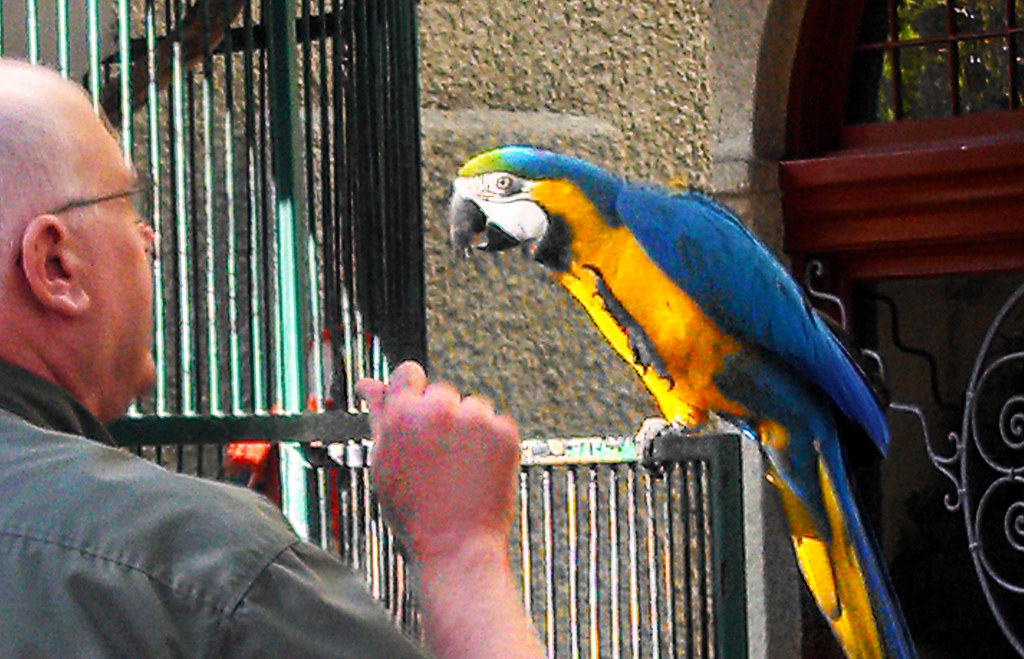
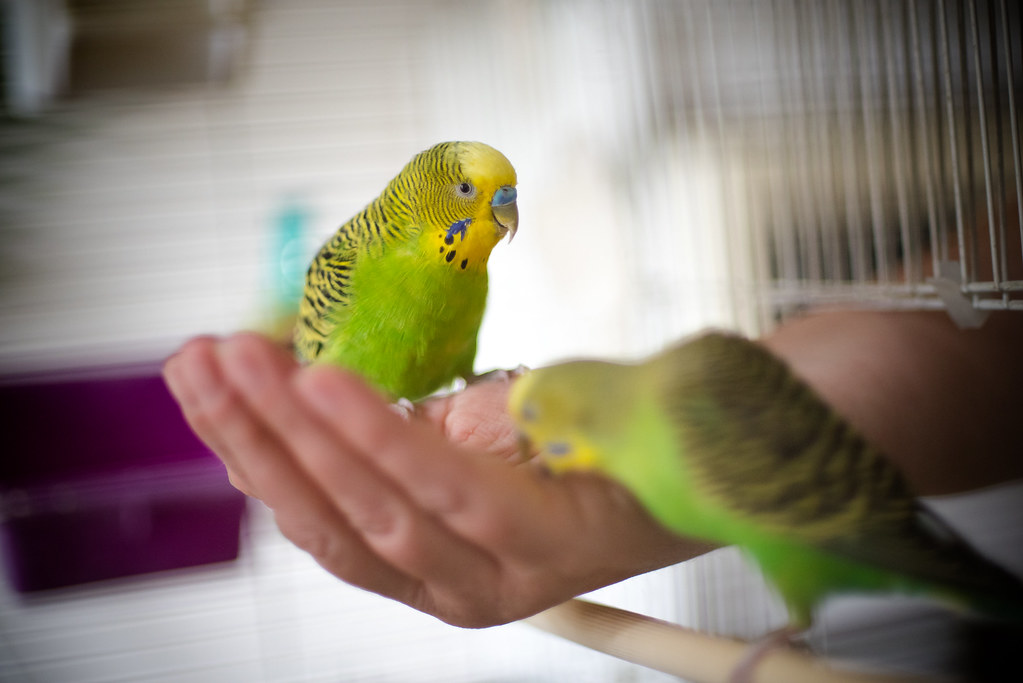
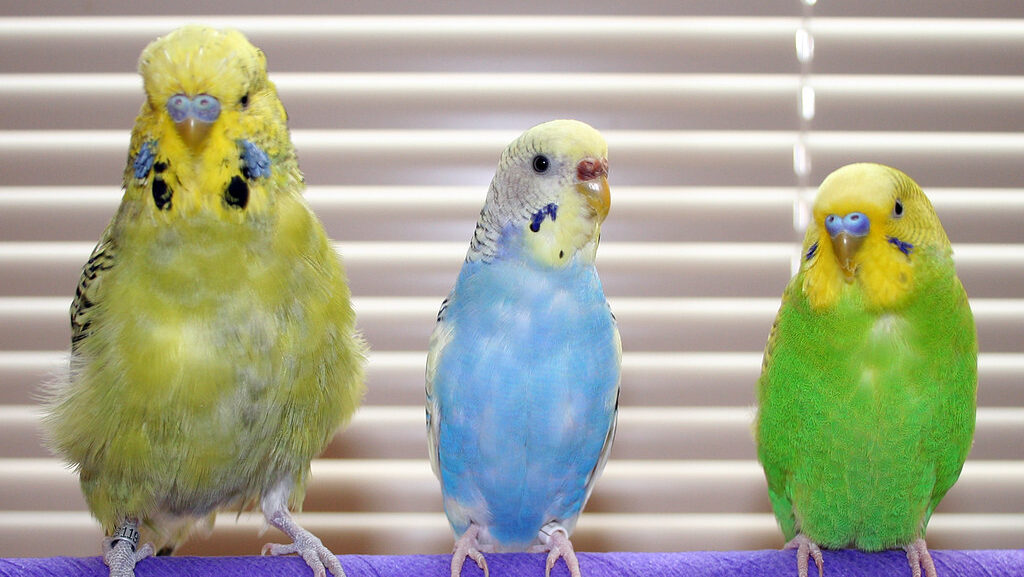
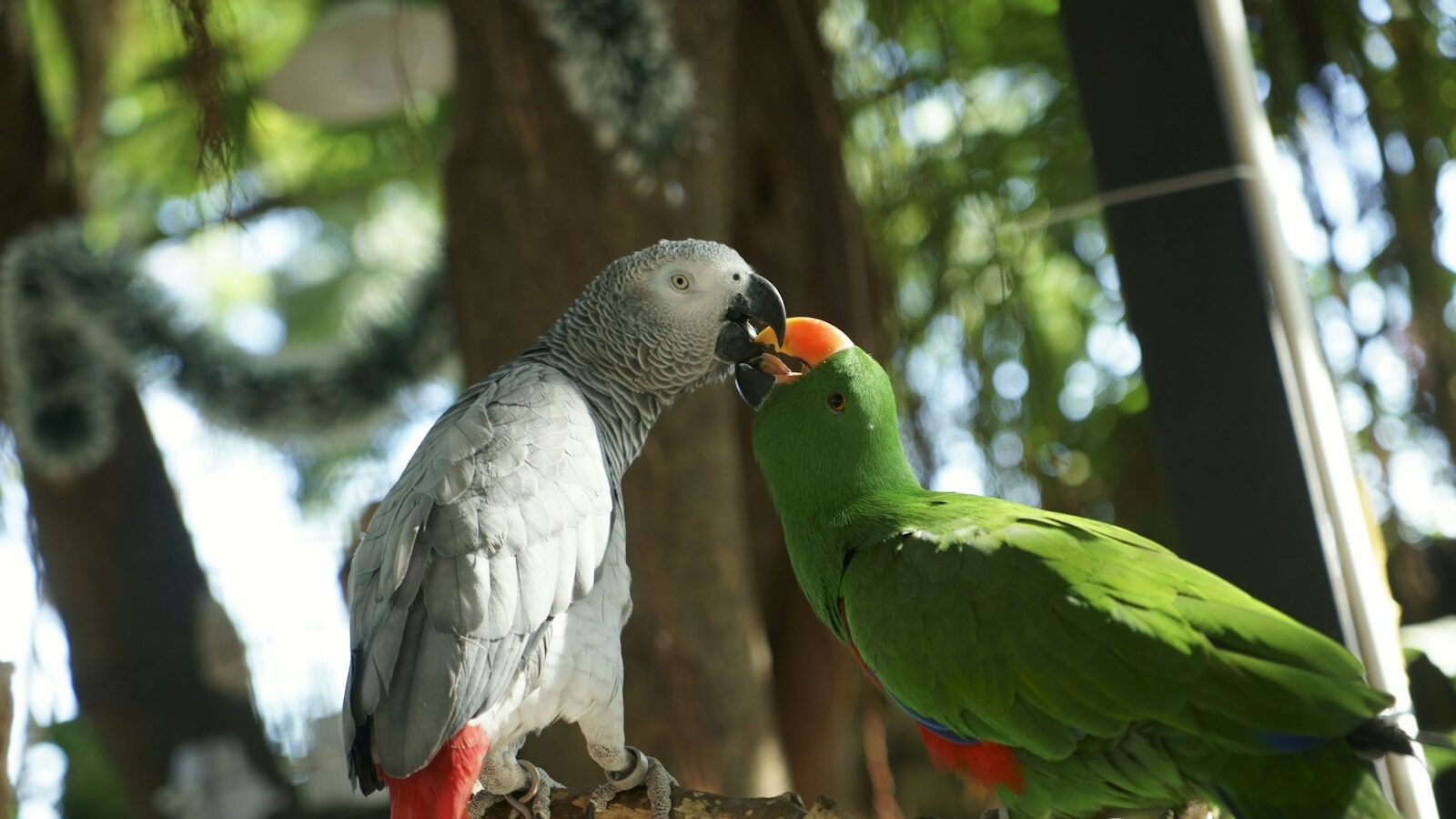
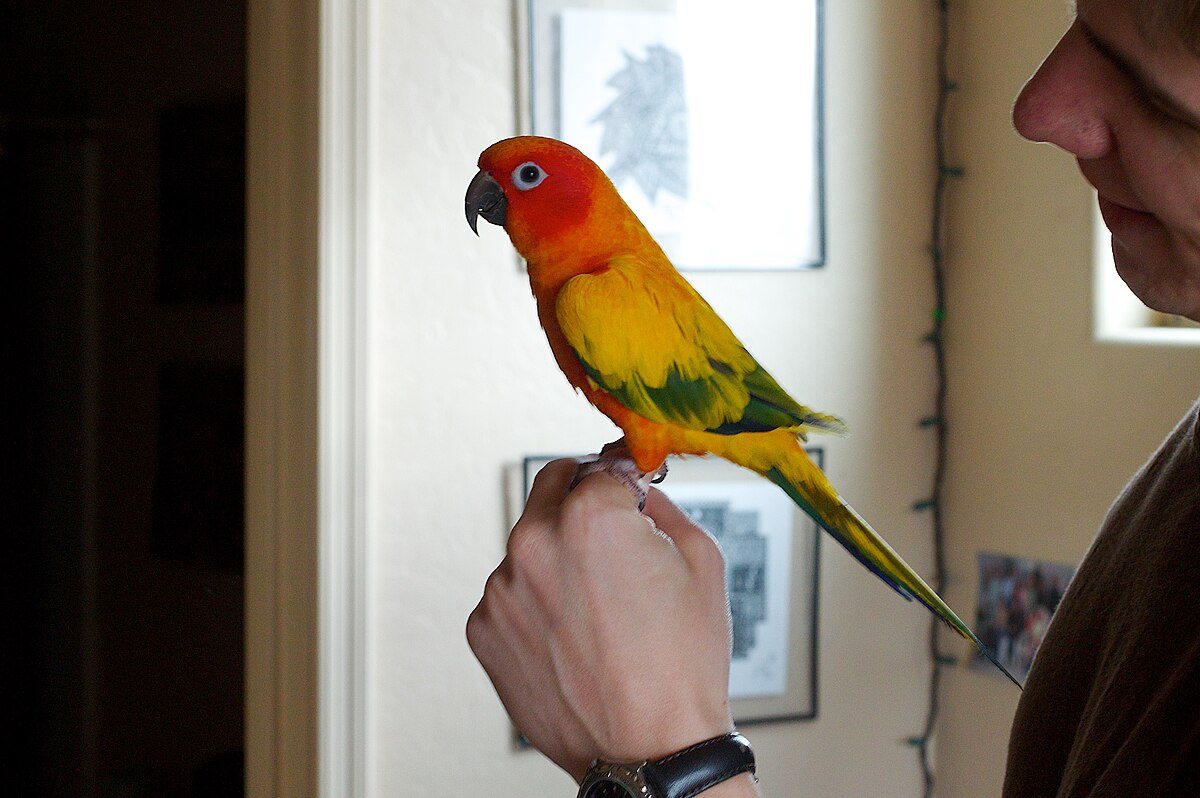
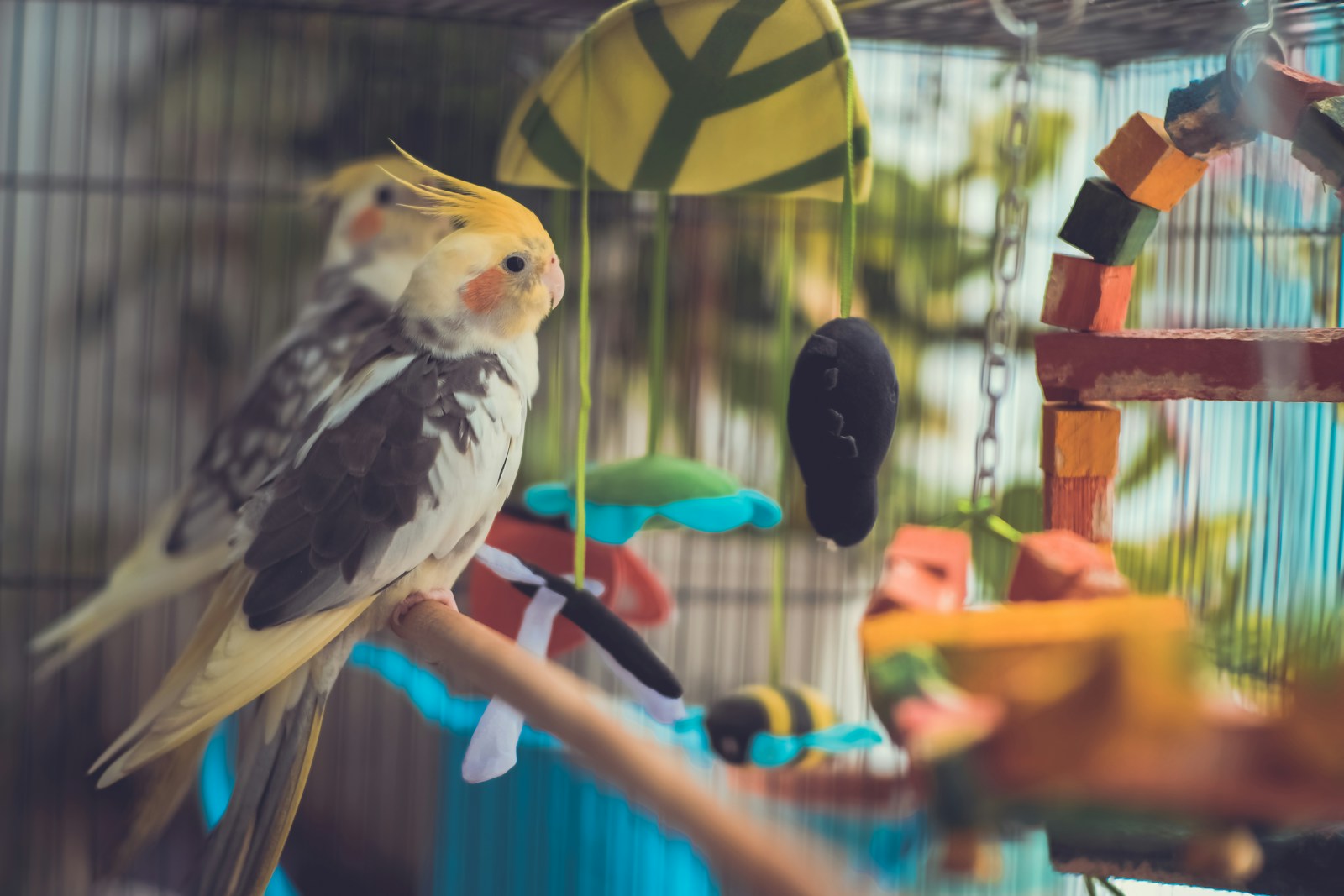
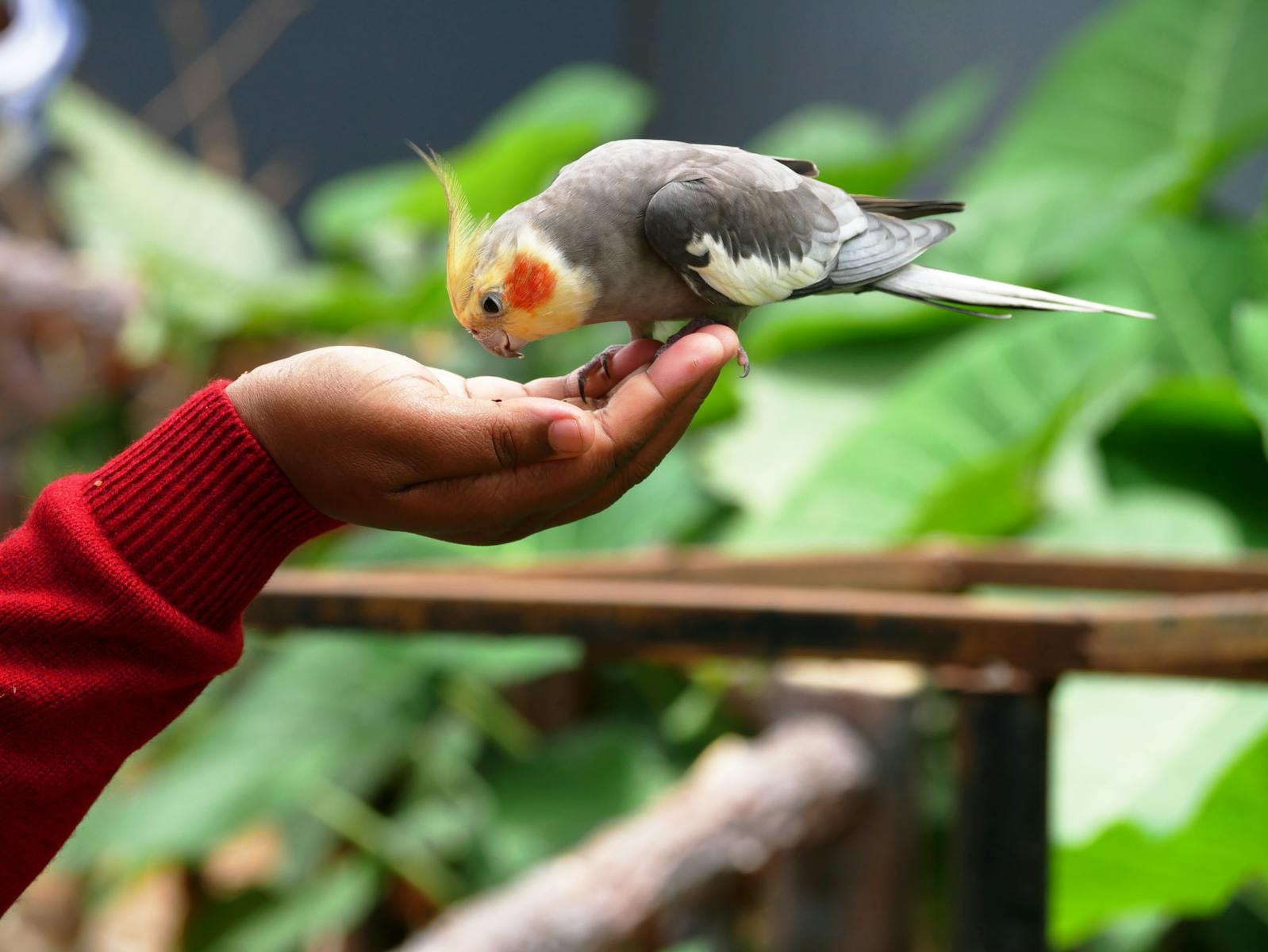
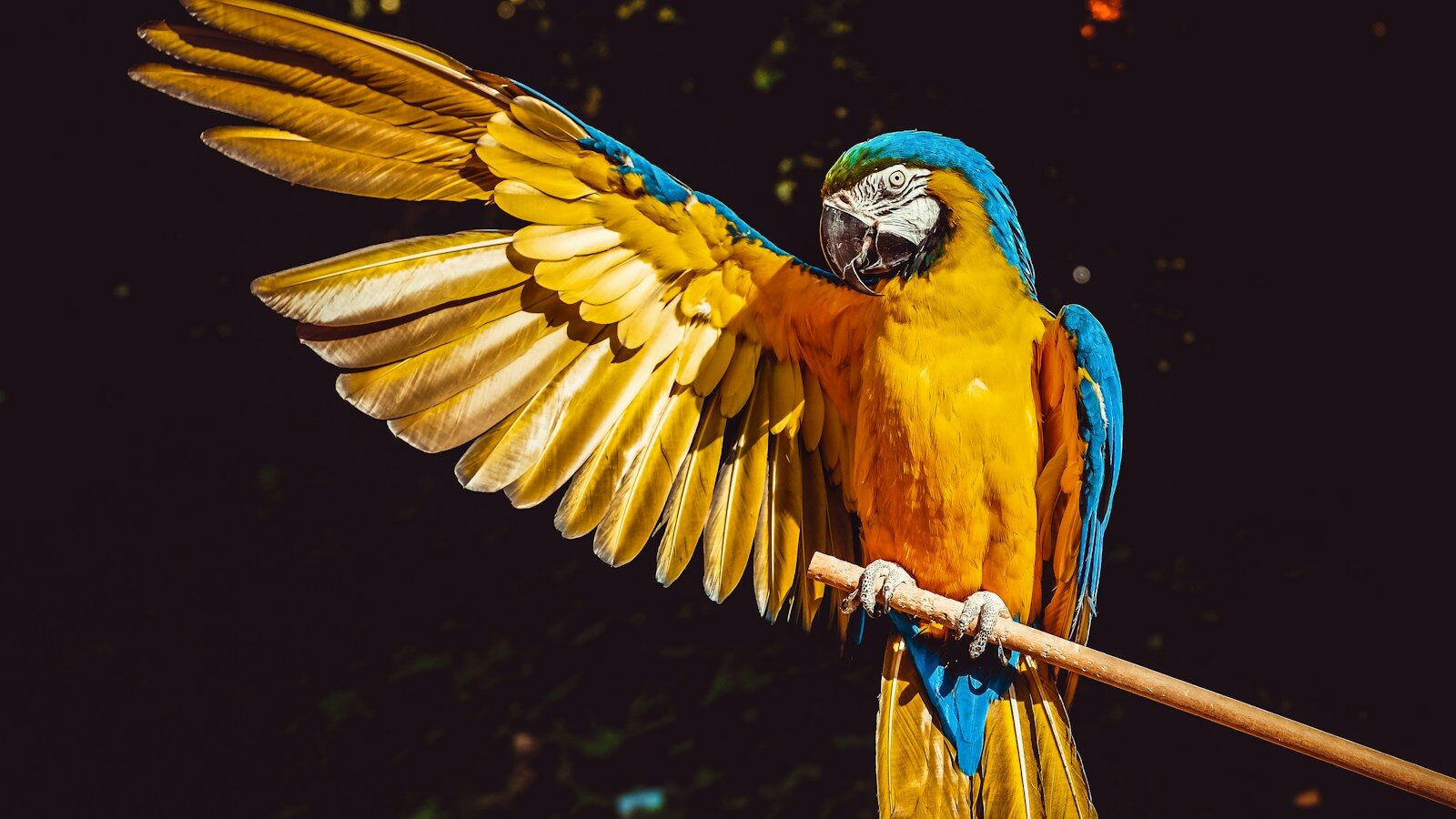




Leave a Reply